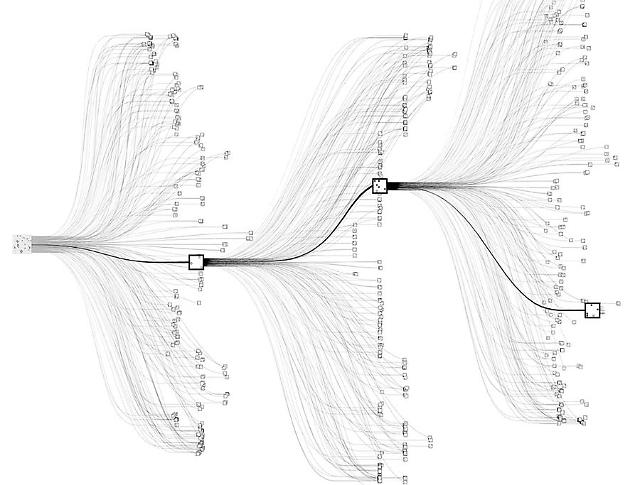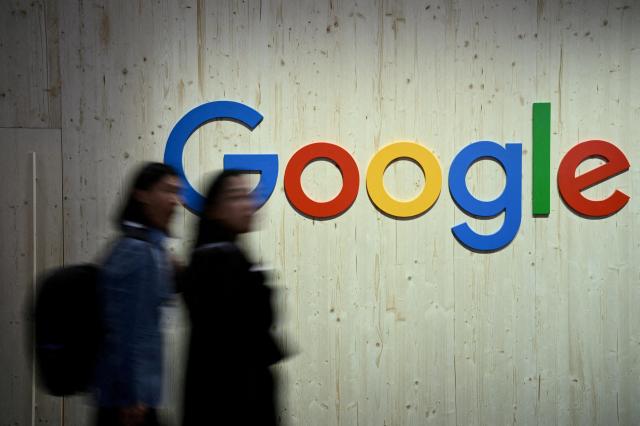
Google's AlphaGo neural thinking in process[Courtesy of Google's AI project DeepMind]
Google’s artificial intelligence machine “AlphaGo” which is specialized in the ancient Chinese board game of “GO” is different from any other AI machines designed to beat humans in board games such as backgammon and chess.
The tech giant introduced AlphaGo as a totally new form of AI, trained over 30 million moves from games played by human experts. Google wrote on its blog “it could predict the human move 57 percent of the time (the previous record before AlphaGo was 44 percent). But our goal is to beat the best human players, not just mimic them.”
To do this, Google had added AlphaGo with ability to learn and discover strategies itself. Since Go is a game of profound complexity, According to Google, there are 1,000,000,000,000,000,000,000,000,000,000,000,000,000,000,000,000,000,000,000,000,000,000,000,000,000,000,000,000,000,000,000,000,000,000,000,000,000,000,000,000,000,000,000,000,000,000,000,000,000,000,000,000,000,000,000,000,000 possible positions. AlphaGo plays the game reinforcing its neural networks by adjusting the connections using trial-error process.
Google said, “Of course, all of this requires a huge amount of computing power, so we made extensive use of Google Cloud Platform.”
AlphaGo had already beaten the European Go Champion Fan Hui and is to challenge against the world champion Lee Sedol in March. Experts’ opinions are split over the champion’s fate. While some, including the champ himself, predict that the AI will be no match for the world champion, others predict that the AI backed with vast big data of Go moves connected by cloud technology will beat the humans’ best.
History of AIs beating humans in games is as long as nearly 50 years. In 1952, a computer mastered tic-tac-toe, mastered checkers in 1994, and an AI named Deep Blue beat Garry Kasparov at chess. But so far, AI regarding Go had stayed only at an amateur level.
Google plans to further extend the AI technology into beating humans at a game of Go. The tech giant said “we want to apply these techniques to important real-world problems. Because the methods we’ve used are general-purpose, our hope is that one day they could be extended to help us address some of society’s toughest and most pressing problems, from climate modelling to complex disease analysis. We’re excited to see what we can use this technology to tackle next!”
아주경제 박세진 기자 = swatchsjp@ajunews.com
Copyright ⓒ Aju Press All rights reserved.





View more comments